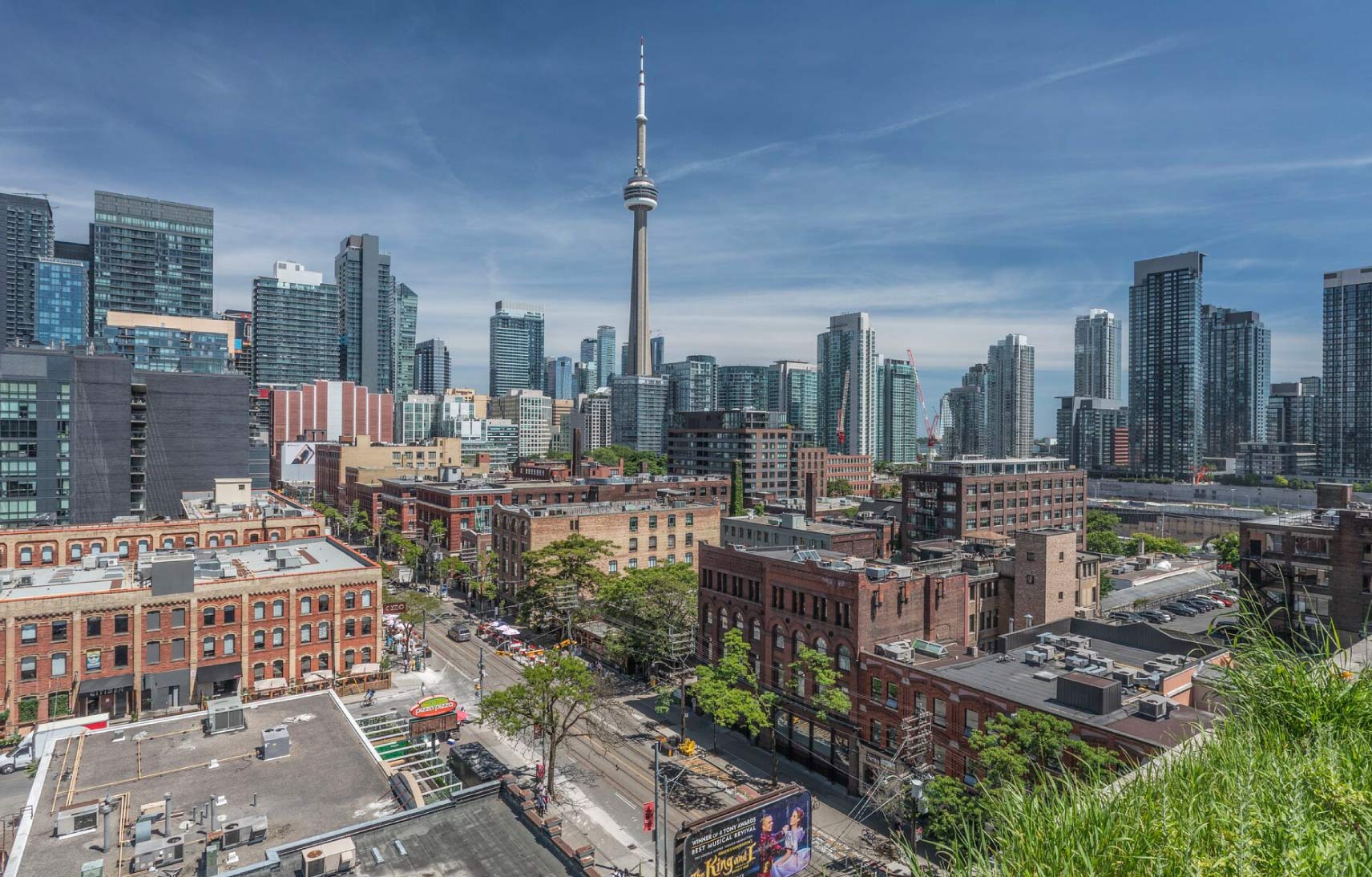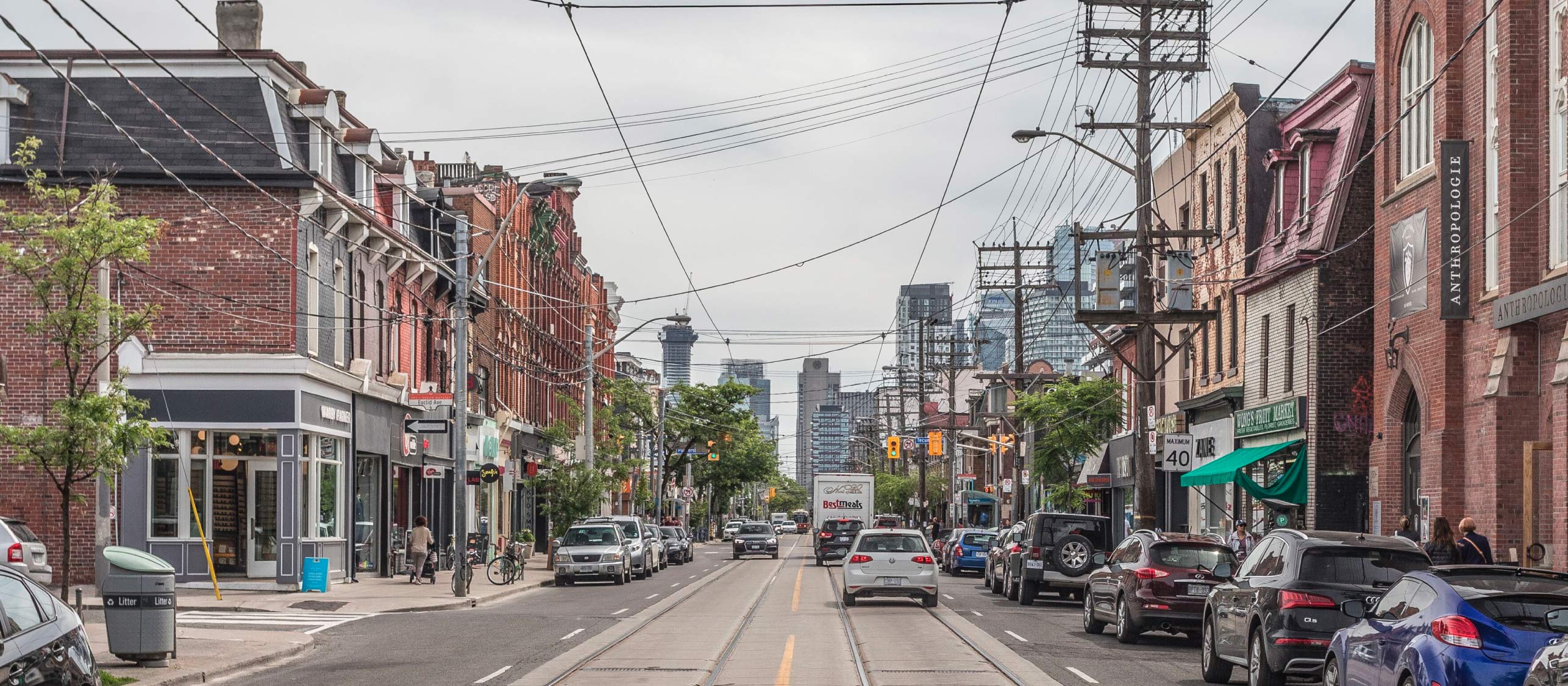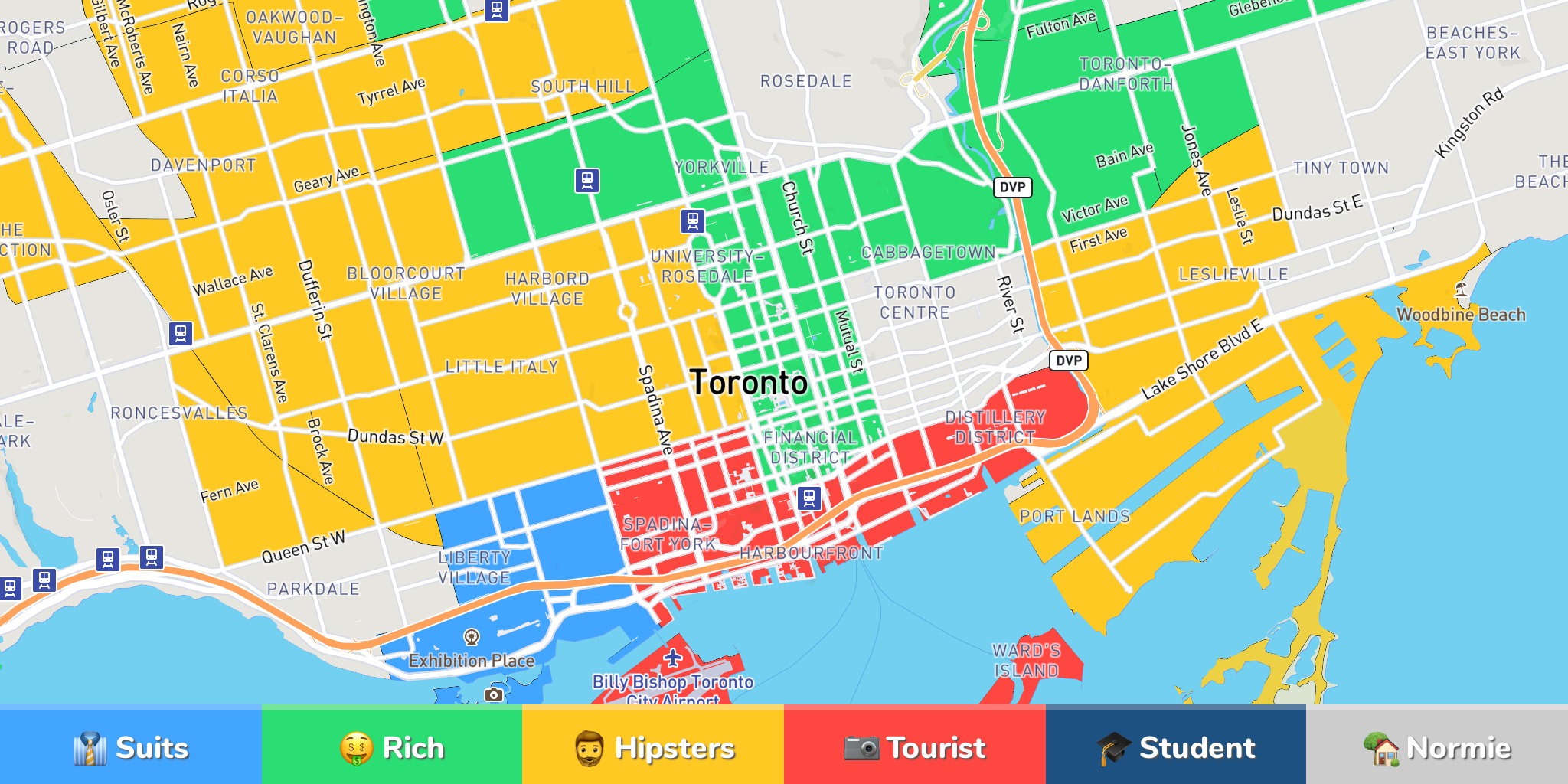

Discover Toronto’s Best Ethnic Eats: A Neighbourhood-by-Neighbourhood Guide
Toronto, a vibrant tapestry woven from threads of countless cultures, boasts a culinary landscape as diverse and exciting as its population. Forget generic tourist traps; we’re diving deep into the heart of Toronto’s neighbourhoods, unearthing hidden gems and celebrated institutions offering authentic ethnic eats. Prepare your taste buds for a journey!
Kensington Market: A Bohemian Banquet
Kensington Market, a labyrinth of vintage shops and vibrant street art, is a foodie paradise. Its eclectic mix reflects its history as a melting pot of cultures. Expect a chaotic yet charming culinary adventure.
| Cuisine | Must-Try | Vibe |
|---|---|---|
| Jamaican | Patty King (patties, of course!) | Casual, bustling |
| Vietnamese | Pho Xe Lua (pho, bun cha) | No-frills, authentic |
| Latin American | Seven Lives Tacos y Mariscos (tacos) | Lively, trendy |
| Middle Eastern | Rasta Pasta (unexpected fusion!) | Quirky, delicious |
Little Italy: A Taste of the Old Country
Little Italy, with its red brick buildings and the aroma of simmering tomato sauce hanging in the air, offers a classic Italian experience. Go beyond the tourist spots and explore the hidden trattorias for a truly authentic taste.
| Cuisine | Must-Try | Vibe |
|---|---|---|
| Italian | Trattoria Nervosa (pasta, seafood) | Romantic, traditional |
| Italian Bakery | SanRemo Bakery (cannoli, biscotti) | Sweet, nostalgic |
| Pizza | Pizzeria Libretto (Neapolitan-style pizza) | Modern, artisanal |
Greektown: A Mediterranean Odyssey
The aroma of grilling meats and the sound of lively conversations fill the air in Greektown, transporting you to the sunny shores of the Mediterranean.
| Cuisine | Must-Try | Vibe |
|---|---|---|
| Greek | Taverna Kyclades (souvlaki, grilled octopus) | Family-friendly, vibrant |
| Greek Bakery | St. Elias Bakery (baklava, spanakopita) | Sweet, traditional |
| Seafood | Several restaurants offer fresh catches. | Fresh, coastal |
Koreatown: A Fusion Fiesta
Koreatown offers a dazzling array of Korean BBQ, sizzling hotpots, and innovative fusion dishes, reflecting the modern evolution of Korean cuisine.
| Cuisine | Must-Try | Vibe |
|---|---|---|
| Korean BBQ | Many options available, choose your own adventure! | Social, interactive |
| Korean Street Food | Explore the smaller eateries for hidden gems. | Fast-paced, exciting |
| Korean Fusion | Look for restaurants offering creative twists on traditional dishes. | Modern, innovative |
Chinatown: An East Meets West Culinary Crossroads
Toronto’s Chinatown is a sprawling culinary landscape, encompassing everything from classic Cantonese dim sum to modern interpretations of Chinese cuisine. Explore beyond the main streets for authentic finds.
| Cuisine | Must-Try | Vibe |
|---|---|---|
| Cantonese | Rol San (dim sum) | Traditional, bustling |
| Sichuan | Explore for authentic Sichuan peppercorn dishes. | Spicy, flavourful |
| Taiwanese | Look for bubble tea and unique street food options. | Trendy, casual |
This is just a taste of what Toronto’s diverse culinary scene has to offer. Each neighbourhood possesses its own unique character and flavour profile, waiting to be discovered. So, grab your appetite and embark on a delicious adventure through Toronto’s best ethnic eats! Remember to explore beyond these suggestions – the best discoveries are often found off the beaten path. Happy eating!

Additional Information
Delving Deeper into Toronto’s Ethnic Eats: A Neighbourhood-by-Neighbourhood Analysis
A guide to Toronto’s best ethnic eats, organized by neighbourhood, provides a valuable starting point for exploring the city’s diverse culinary landscape. However, a deeper analysis can reveal compelling insights into the factors shaping this vibrant food scene, its economic impact, and its evolving cultural dynamics.
1. Beyond the List: Understanding the Socioeconomic Factors:
A simple neighbourhood-by-neighbourhood guide often overlooks the socioeconomic factors influencing the concentration of specific ethnic cuisines. For instance, the prevalence of Vietnamese restaurants in Little Saigon (Bloor and Spadina) isn’t merely coincidental. It reflects historical migration patterns, established community networks supporting businesses, and the affordability of commercial space in the area at a particular point in time. Analyzing property values, rental rates, and demographic data alongside restaurant density would reveal a more nuanced understanding of the culinary landscape’s evolution. A case study comparing the growth of Little Saigon with, say, the Greektown on Danforth, could highlight contrasting economic trajectories and their impact on the restaurant scene’s dynamism. Are newer immigrant groups finding it harder to establish themselves in already established enclaves due to rising costs? This requires incorporating quantitative data to complement the qualitative observations of the guide.
2. The Culinary Tapestry: Beyond National Cuisines:
The categorization of “ethnic eats” can be overly simplistic. A restaurant labeled “Chinese” might encompass vastly different regional styles (Cantonese, Sichuan, Hunan), each with its own history, ingredients, and culinary traditions. This requires a more granular approach. The guide should not only list restaurants but also analyze the diversity within each ethnic cuisine category. Are there specialized restaurants representing specific regions or subcultures? For instance, does Kensington Market exhibit a wider range of Caribbean cuisines than other neighbourhoods, reflecting the historical and contemporary demographics of the area? This detailed analysis elevates the guide from a simple directory to a scholarly exploration of culinary diversity.
3. Impact and Influence: Economic and Cultural Considerations:
The ethnic food scene contributes significantly to Toronto’s economy. Analyzing revenue figures (if available), employment numbers in the restaurant sector, and tourism statistics linked to culinary experiences could quantify this contribution. Furthermore, the influence extends beyond economics. These restaurants are often central to community life, serving as gathering spaces and cultural ambassadors. Exploring the role of ethnic restaurants in preserving and disseminating cultural heritage is crucial. A comparative analysis of the success of different ethnic enclaves in attracting both the local community and tourists would highlight best practices and potential challenges.
4. Challenges and Future Trends:
The guide should also acknowledge the challenges faced by ethnic restaurants, including competition, rising costs (rent, ingredients), and labour shortages. Exploring these challenges allows for a more realistic portrayal of the sector. Further, analyzing emerging trends such as fusion cuisine, food delivery services’ impact, and the increasing influence of social media on restaurant success would provide valuable insights into the future of Toronto’s ethnic food landscape. Are we seeing a decline in traditional family-run establishments, and what are the implications for cultural preservation? This future-oriented analysis adds depth and relevance to the guide.
By incorporating these analytical perspectives, a guide to Toronto’s ethnic eats transforms from a basic directory into a compelling narrative exploring the city’s vibrant culinary scene, its socioeconomic fabric, and its evolving cultural identity. This enriched approach will provide readers with a far more comprehensive and insightful experience.
